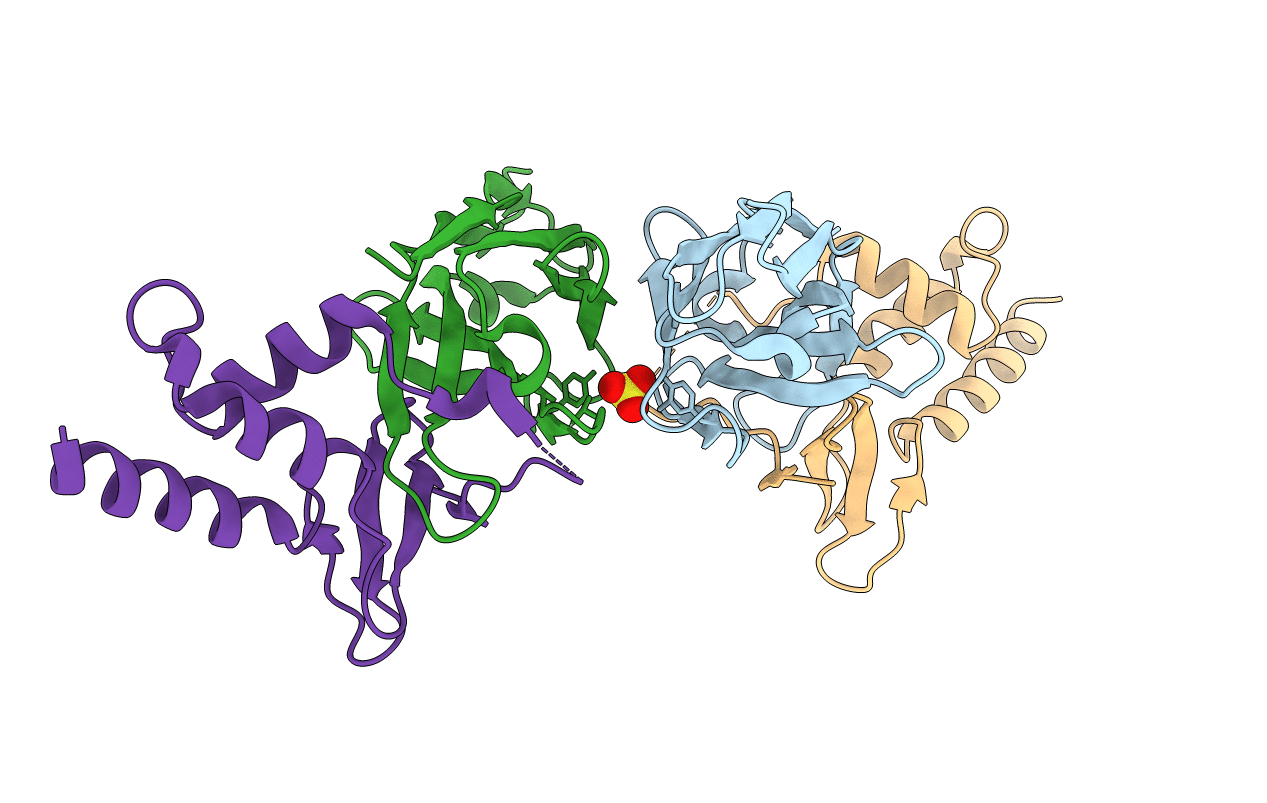
Deposition Date
2021-03-25
Release Date
2021-09-08
Last Version Date
2024-01-31
Entry Detail
PDB ID:
7O06
Keywords:
Title:
Crystal structure of the N-terminal domain of CEP164(1-109) bound to camelid nanobody 10Z
Biological Source:
Source Organism:
Camelidae mixed library (Taxon ID: 1579311)
Homo sapiens (Taxon ID: 9606)
Homo sapiens (Taxon ID: 9606)
Host Organism:
Method Details:
Experimental Method:
Resolution:
1.60 Å
R-Value Free:
0.21
R-Value Work:
0.18
R-Value Observed:
0.18
Space Group:
P 1 21 1


